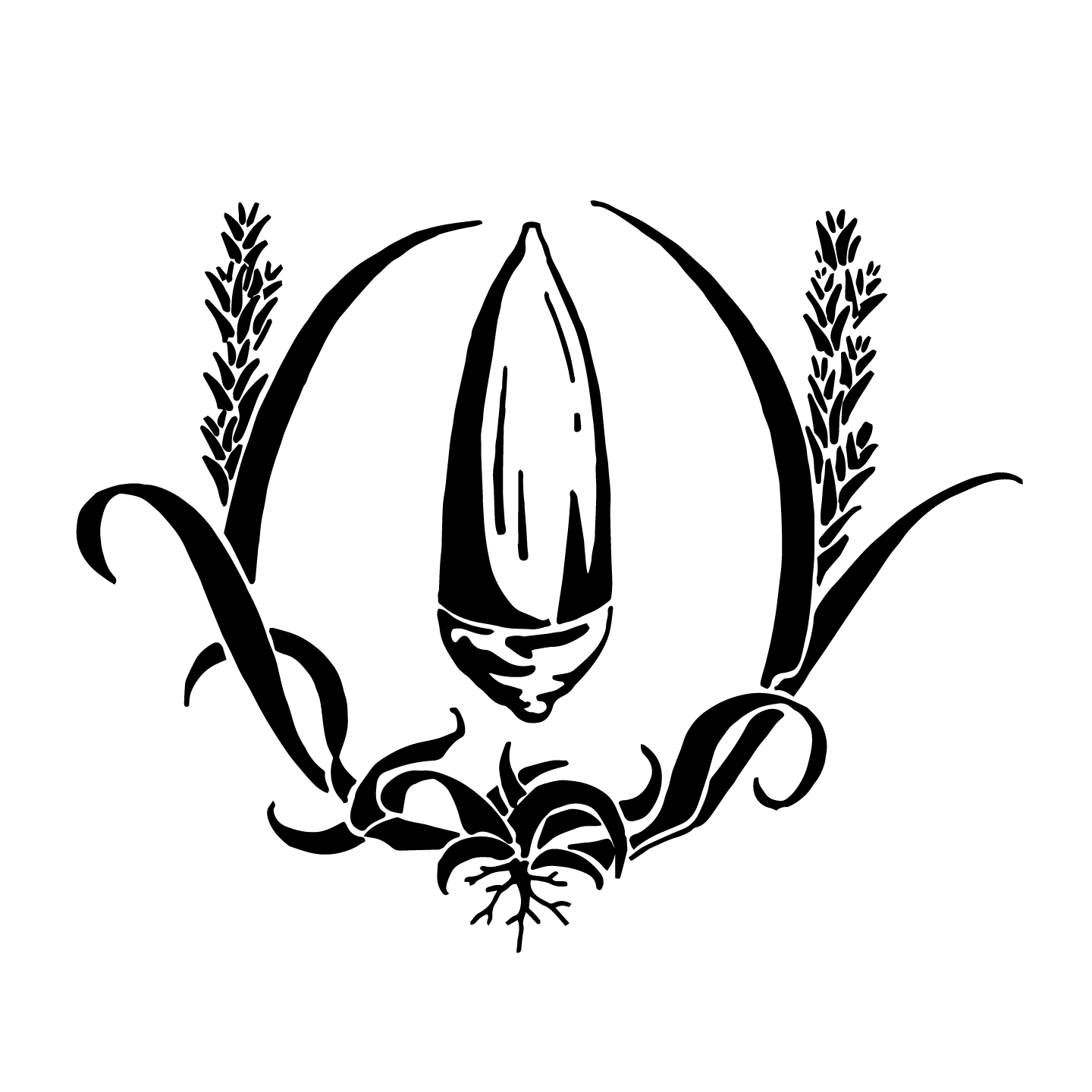Volunteer
The UC Davis Herbarium welcomes volunteer and intern assistance! Want to get involved? Reach out to Alison Colwell, Herbarium Curator, at aelcolwell@ucdavis.edu or (530) 752-1091.
UC Davis Herbarium
Volunteers work in the herbarium a minimum of two hours a week. Due to the training time that we invest in our volunteers, we request a time commitment of at least three months (or one quarter). The following is a list of the projects that our volunteers have worked on over the past year:
- Specimen filing
- Label-making
- Specimen mounting
- Collections processing - curating one particular collection made by one collector. This may include making labels, matching labels to collections, and some plant identification
- Organizing the library
- Helping collect, identify, and arrange the Picnic Day exhibit plant specimens
- Curating our slides
- Plant collecting
- Curating one part of the collections, for example the conifers or the ferns
Davis Botanical Society
The Davis Botanical Society (DBS) is the support organization for the UC Davis Botanical Conservatory and UC Davis Center for Plant Diversity. Learn more about their work here. The Davis Botanical Society welcomes volunteers to help us with the Society's field trips, presentations, mailings, newsletter, and many other activities. We are a friendly group of plant enthusiasts that love to learn more about plants and get outdoors to see them! Our field trips are memorable for both the plants that we see and the true enjoyment of the participants. We need your ideas, energy, and dedication.
Learn more about volunteering for the Davis Botanical Society here.




